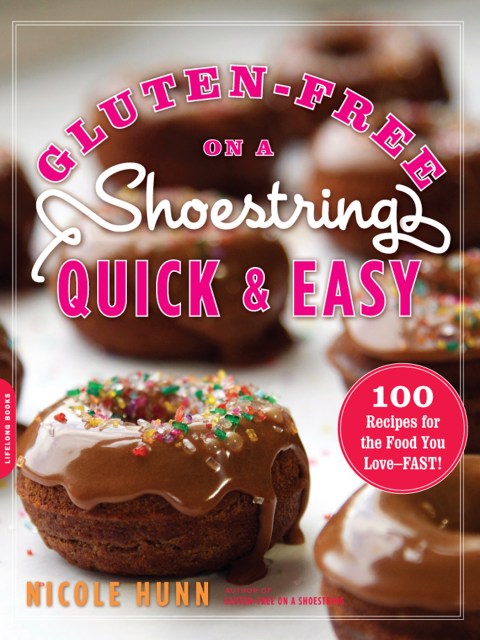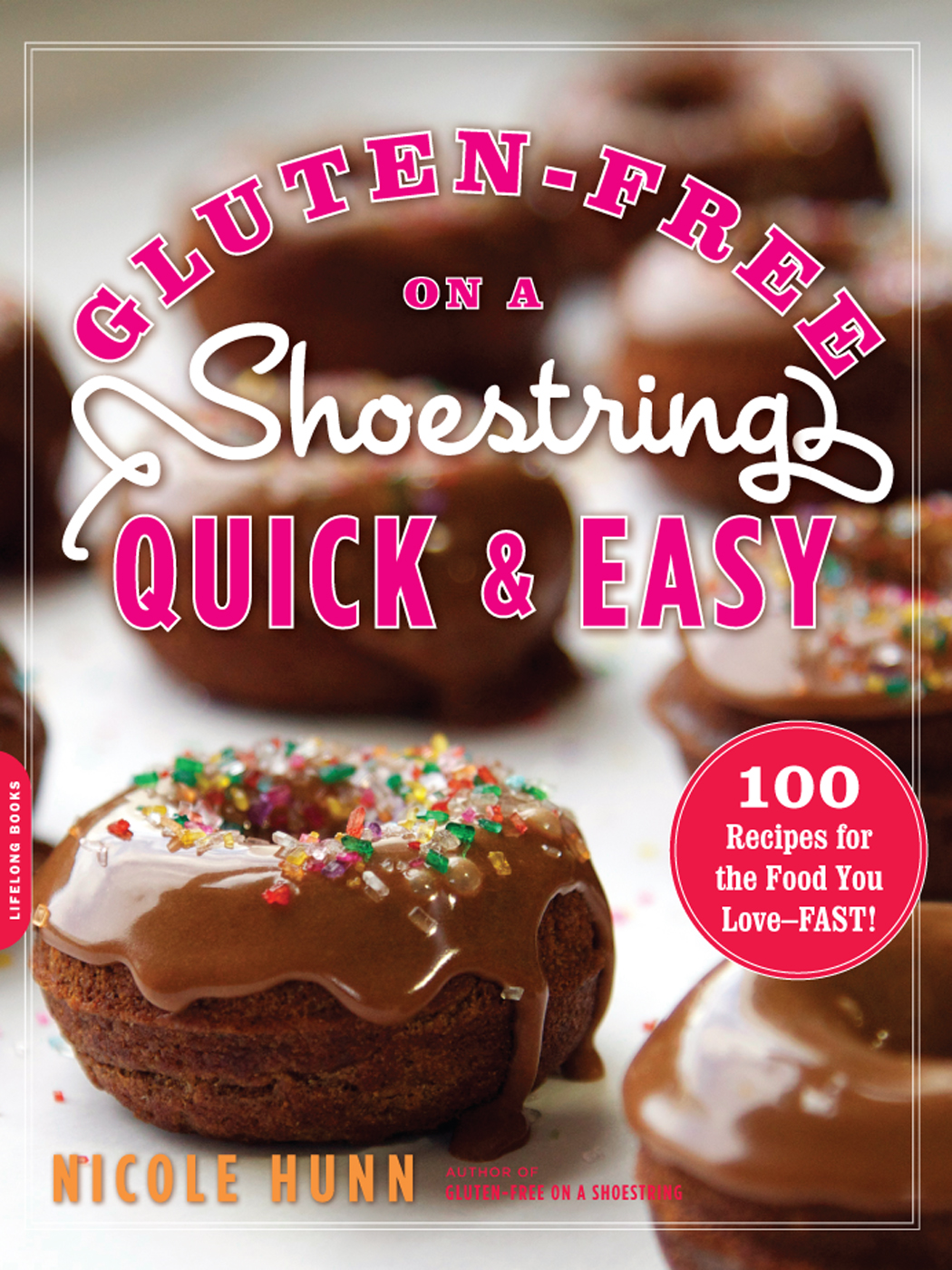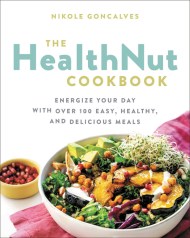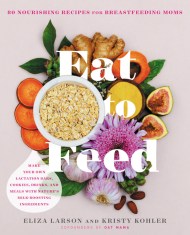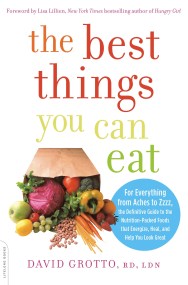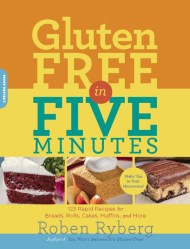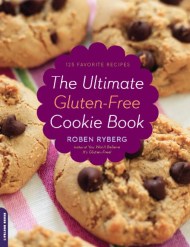Promotion
Use code MOM24 for 20% off site wide + free shipping over $45
Gluten-Free on a Shoestring, Quick and Easy
100 Recipes for the Food You Love -- Fast!
Contributors
By Nicole Hunn
Formats and Prices
Price
$12.99Price
$15.99 CADFormat
Format:
- ebook $12.99 $15.99 CAD
- Trade Paperback $23.99 $29.99 CAD
This item is a preorder. Your payment method will be charged immediately, and the product is expected to ship on or around November 6, 2012. This date is subject to change due to shipping delays beyond our control.
Also available from:
Gluten-free guru Nicole Hunn is back with 100 new quick-prep and make-ahead recipes for dinners, yeast-free breads, baked goods, snacks, breakfasts, and more. These unique timesaving recipes take advantage of readily available gluten-free ingredients and kitchen shortcuts. Created with the busy family in mind, Hunn shares her secrets to getting a complete meal, including bread, on the table in no time flat — all without breaking the bank.
Recipes include Super-Quick Cinnamon Rolls, Yeast-Free English Muffins, Easy Veggie Burgers, Weeknight Chicken Soup, Cheesecake Cookies, Make-Your-Own Yellow Cake Mix, and more.
Genre:
- On Sale
- Nov 6, 2012
- Page Count
- 264 pages
- Publisher
- Da Capo Lifelong Books
- ISBN-13
- 9780738216096
Newsletter Signup
By clicking ‘Sign Up,’ I acknowledge that I have read and agree to Hachette Book Group’s Privacy Policy and Terms of Use
